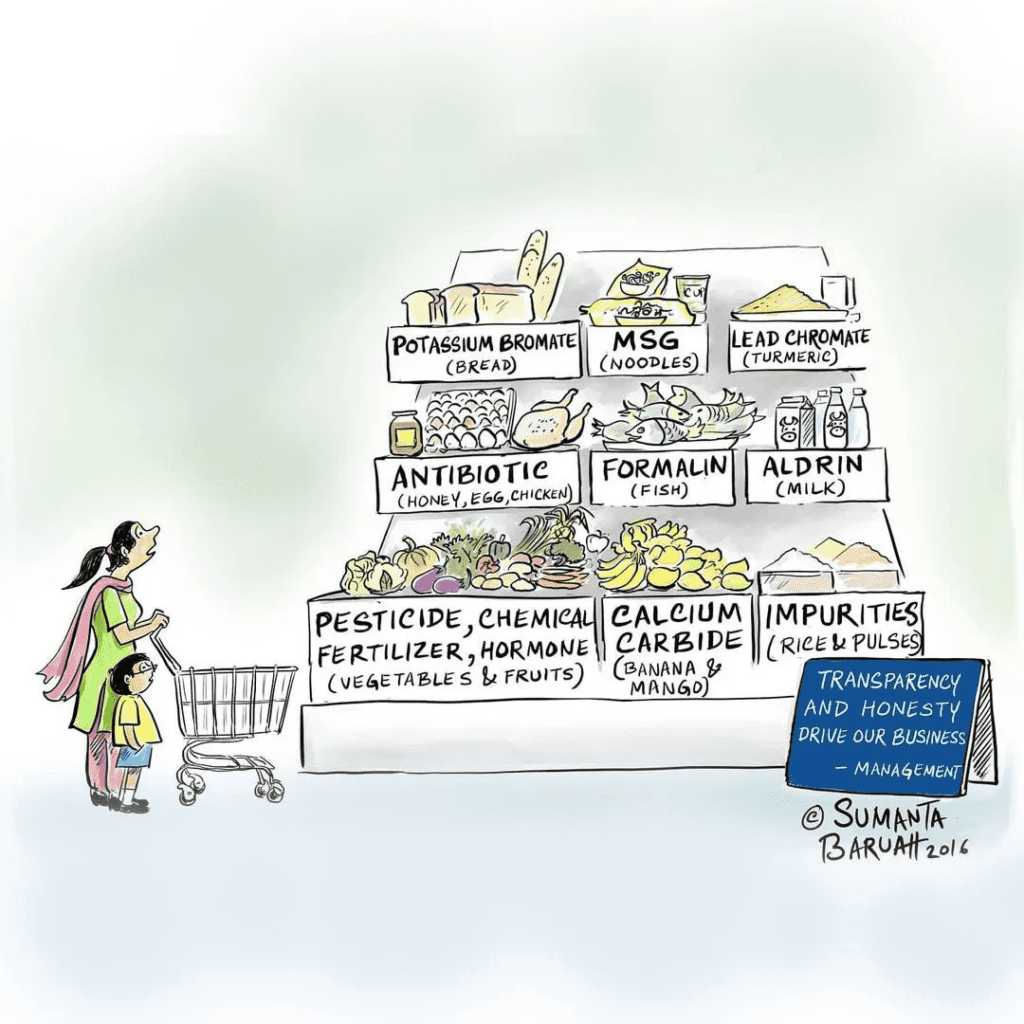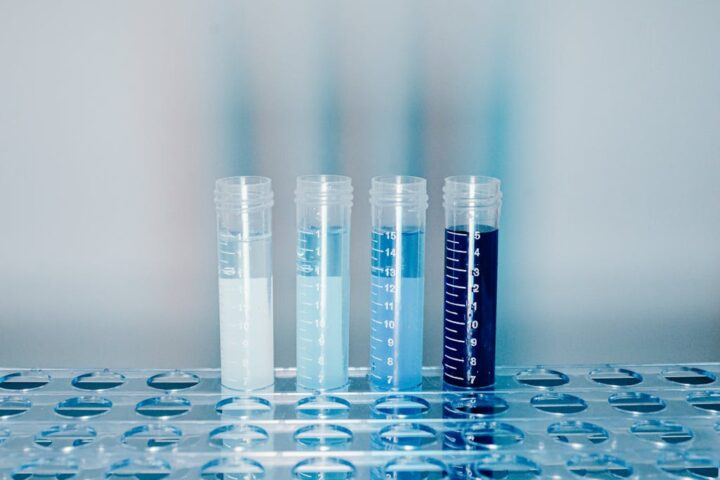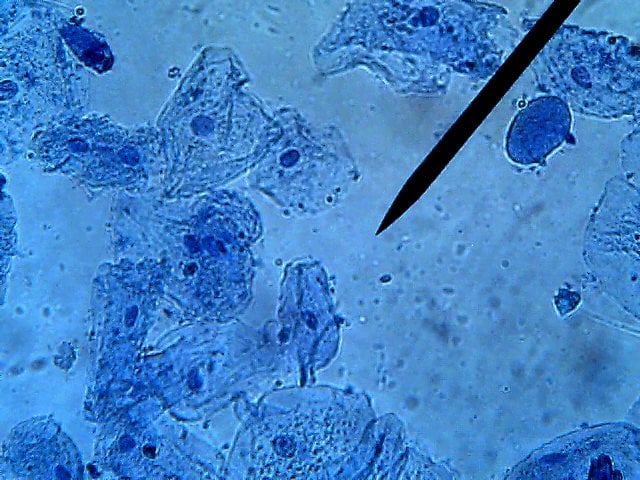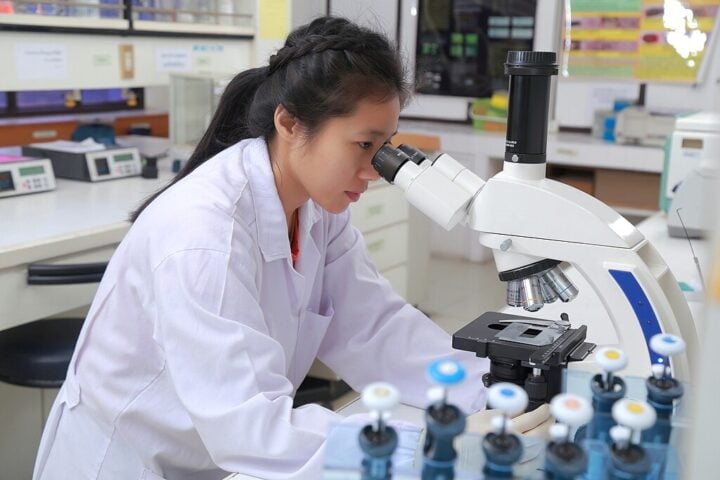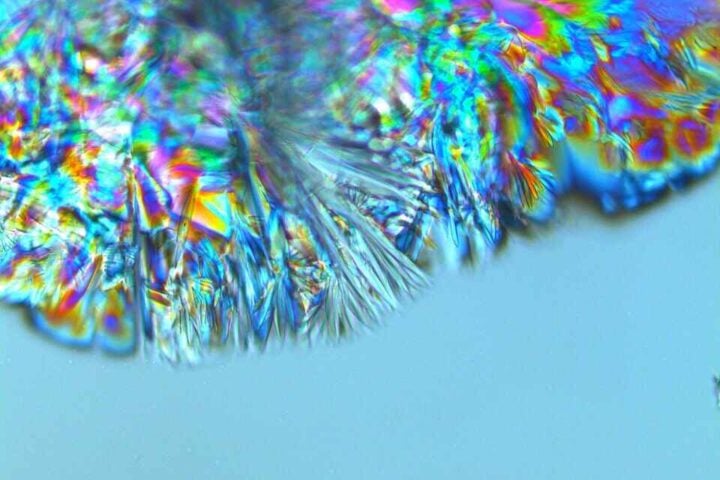In a study conducted by a team of learned scientists from Hull York Medical School and the University of Hull, found evident traces of microplastic in interior areas of the human lungs.
Microplastics are minute plastic fragments smaller than five millimeters in length that have been detected in oceans, mountains, and the atmosphere. Large plastic trash dissolves into smaller and smaller fragments, resulting in these. These microscopic particles quickly bypass water filtering systems and wind up in the ocean, presenting a risk to aquatic life.
“Microplastics have previously been found in human cadaver autopsy samples – this is the first robust study to show microplastics in lungs from live people. “It also shows that they are in the lower parts of the lung. Lung airways are very narrow, so no one thought they could possibly get there, but they clearly have,” said Dr. Laura Sadofsky, Senior Lecturer in Respiratory Medicine at Hull York Medical School and lead author of the paper.
The study was conducted on 13 living tissue of lungs procured from surgical procedures carried out on patients who were still alive, out of which 11 were found to contain 39 micro plastics of shapes and sizes inhalable by humans. A total of 12 different types of micro plastics were discovered which have many uses and are commonly found in packaging, bottles, clothing, rope/twine, and many manufacturing processes. According to the research, males had significantly higher amounts of micro plastics than females. Adding to the unexpected, the highest number of micro plastics were found in the lowest part of the lungs while 7 were in the mid part and 11 in the upper region.
“We did not expect to find the highest number of particles in the lower regions of the lungs, or particles of the sizes we found. This is surprising as the airways are smaller in the lower parts of the lungs, and we would have expected particles of these sizes to be filtered out or trapped before getting this deep into the lungs,” Dr. Laura said.
“The characterisation of types and levels of microplastics we have found can now inform realistic conditions for laboratory exposure experiments with the aim of determining health impacts.”
This revolutionary discovery may lead to further advancement in the area of Air pollution, microplastic and its effects on human health.

